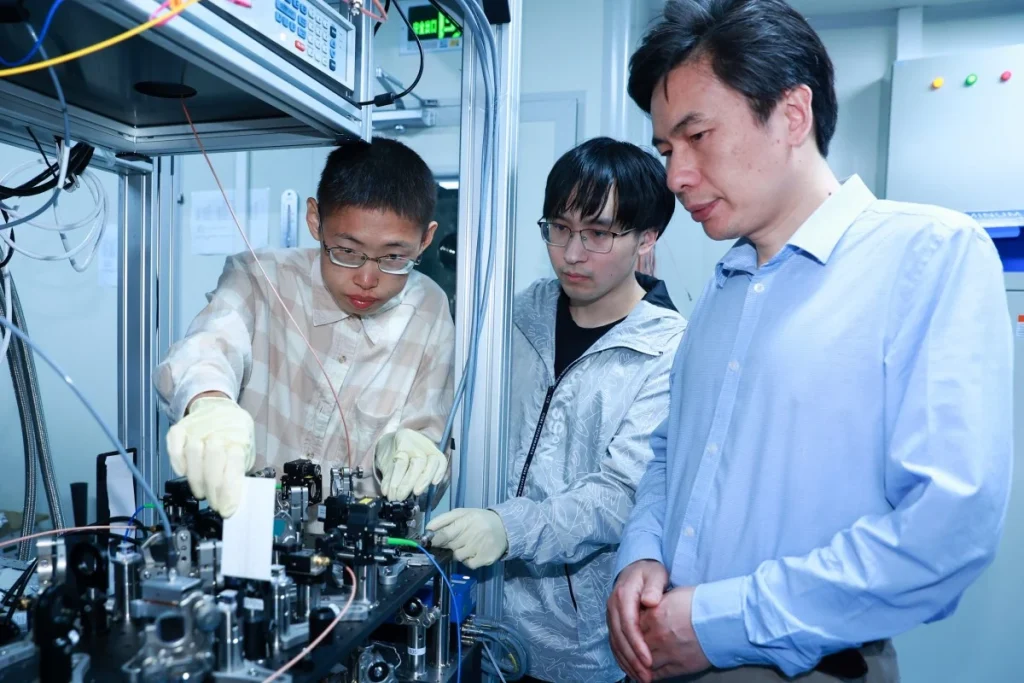In a spectacular stride towards the future of computing, a team of researchers from Tsinghua University in China, led by the distinguished quantum physicist Duan Luming, have achieved a historical milestone in quantum technology.
As reported by the South China Morning Post, these scientists have developed the world’s most formidable ion-trap quantum computing machine.

Quantum computing, often heralded as the next computing frontier, offers immense computational power.
It holds the promise to solve intricate problems in fields like medicine, astronomy, and climate science significantly faster than contemporary supercomputers.
This is realized through qubits – the quantum counterparts of classical bits in traditional computers.
Unlike classical bits which are limited to binary states of ‘0’ and ‘1’, qubits can exist simultaneously in multiple states through a principle known as superposition.
This unique capability allows quantum algorithms to execute complex calculations at unprecedented speeds.
The trapped-ion technique utilized by Duan’s team represents a novel approach to realizing scalable quantum systems.
In traditional ion-based systems, scaling has posed a significant challenge, as systems were unable to efficiently increase in size to process more complex calculations.
By employing a trapped-ion approach, scientists at Tsinghua have constructed a stable two-dimensional ion crystal consisting of 512 ions – a feat never before accomplished in quantum science.
This approach involves confining ions within a lattice structure using electromagnetic fields, thereby forming a one-dimensional ion crystal.
Previously, simulations using up to 61 ions had been achieved.
However, Tsinghua University’s breakthrough with 512 ions establishes a new benchmark in the field, as noted in their publication in the reputed journal, Nature.
Quantum simulators, such as the one developed by the Chinese team, are crucial for scientists aiming to delve deeper into quantum phenomena.
These devices enable researchers to simulate and understand the behavior of quantum model systems.
The Tsinghua advancement not only demonstrates scalability but also showcases the simulator’s potential, completing a quantum calculation using 300 qubits – an ability far surpassing the limits of today’s classical computers.
The implications of such advancements are vast.
As countries compete in the realm of quantum technology, China’s achievement positions it closely alongside the United States in the race to operationalize large-scale quantum computers.
Duan Luming, who earned his doctorate from China’s premier quantum research facility before accumulating 15 years of experience teaching in the US, has been pivotal to this progress since returning to China in 2018.
This remarkable achievement in quantum simulations marks a critical step forward in the quest for scalable quantum computing systems.
As global research continues to push the boundaries of theoretical and practical quantum solutions, the work from China is both a shimmering beacon of innovation and a challenge to the world in the ever-evolving landscape of technology.
